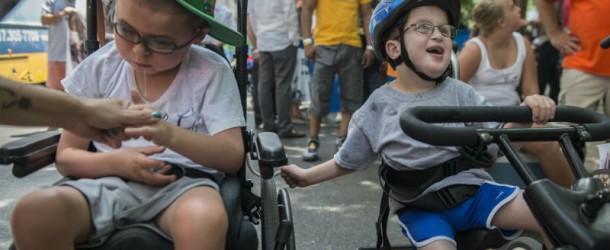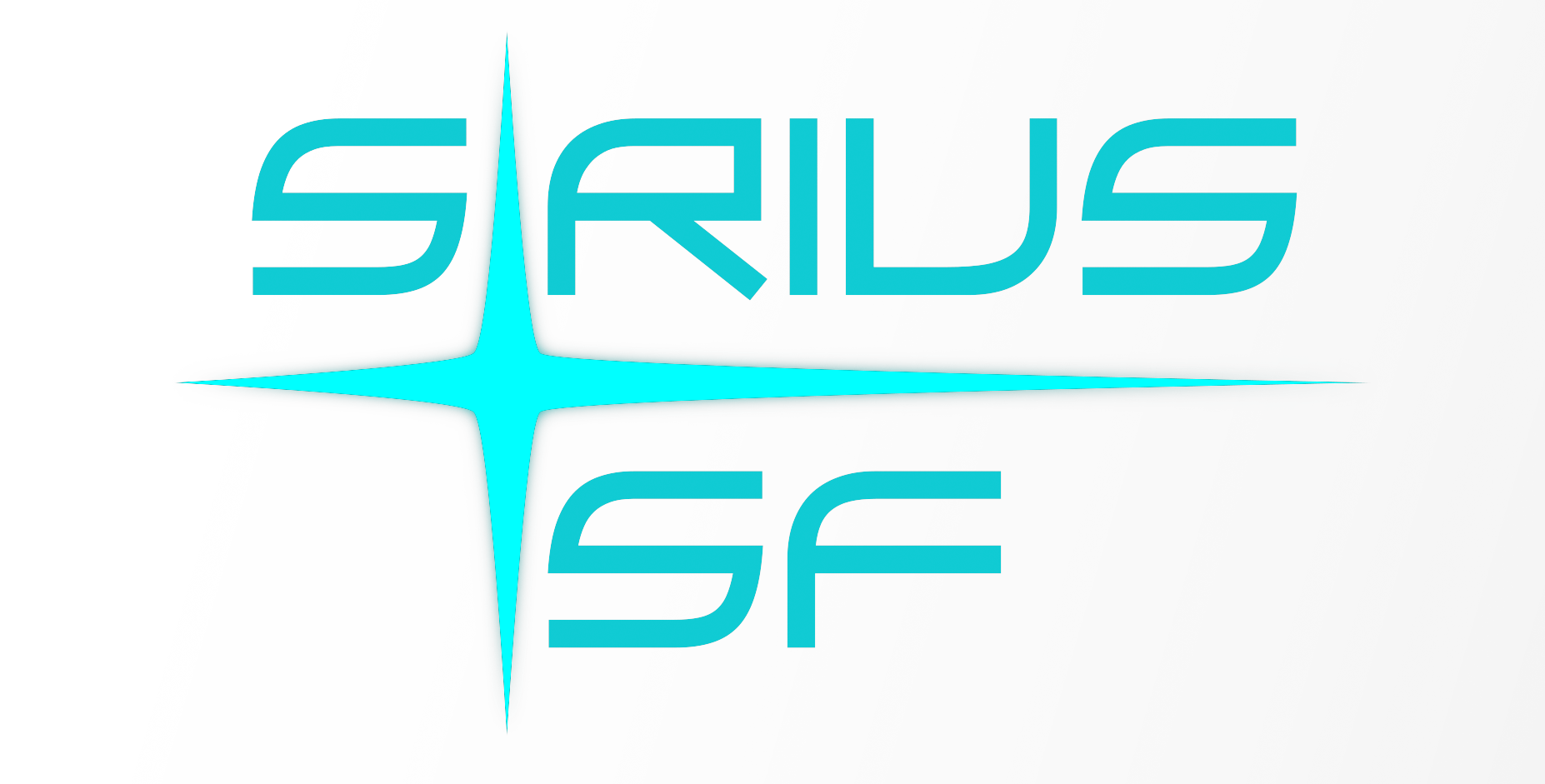Une nouvelle étude montre comment les dispositifs robotisés peuvent aider les jeunes vintimes d’un AVC sur leur chemin de la rémission.Les AVC périnataux surviennent proche du terme ou peu de temps après la naissance. Pour les nourrissons, la manifestation la plus courante de ces attaques sont les paralysies cérébrales hémiplégiques.
Aujourd’hui, les chercheurs de l’Université de Calgary visent à utiliser la robotique pour mesurer, de manière quantitative, les dysfonctionnements des sens des enfants avec hémiparésie (faiblesse de tout le côté du corps à gauche ou à droite) et les AVC périnataux. Ils veulent aussi identifier en association avécu cette condition, d’autres paramètres cliniques typiques.
Robotic device may help young stroke survivors on their road to recovery, a new study has found.Perinatal stroke occurs in term and near-term infants, of which one of the most common types is hemiparetic cerebral palsy. Although motor impairments and management are more pronounced in literature and discussions, the role of sensory deficits may also have a significant impact. However, its contribution to disability is quite challenging to measure clinically.Now, researchers from the University of Calgary aim to use robotics to measure, in a quantitative manner, the position sense dysfunction of children with hemiparesis (weak entire left or right body side) and perinatal stroke. They also want to identify the association of this condition to other typical clinical parameters.
Source : Robotic Device Aids Recovery Of Young Stroke Survivors : LIFE : Tech Times















Comments are closed.